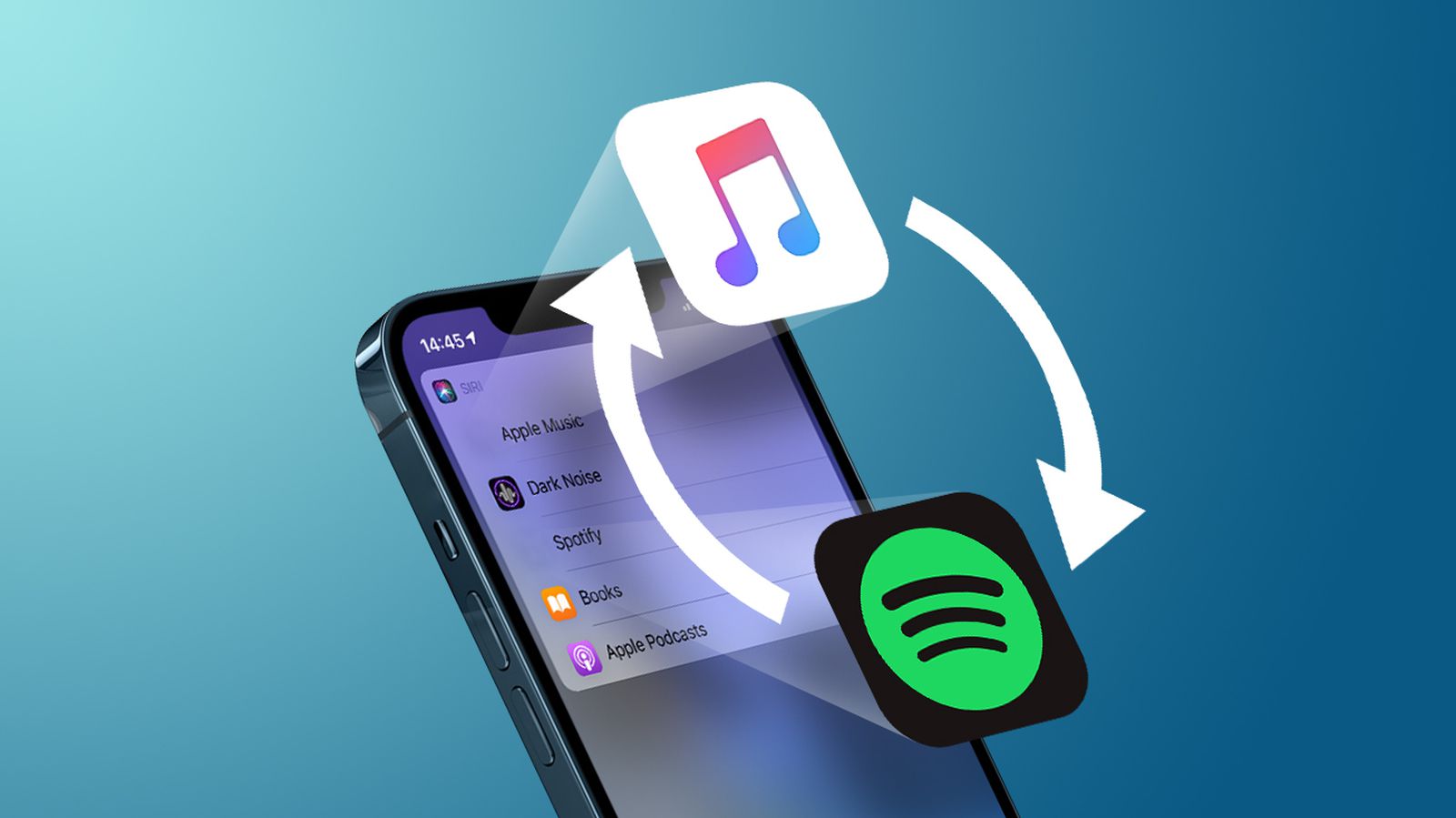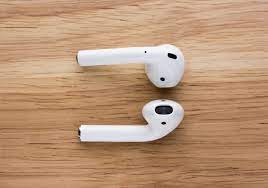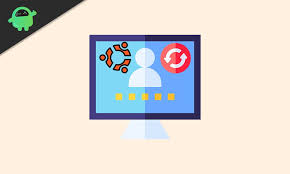Advertisement
What Is IoT, its type and usages in this era
Advertisement
Advertisement
IoT stands for Internet of Things, which refers to a network of physical devices, vehicles, home appliances, and other objects that are connected to the internet and can exchange data with each other. IoT devices are often equipped with sensors, processors, and connectivity capabilities that allow them to collect and transmit data, as well as interact with users and other devices.
There are several types of IoT, including:
- Consumer IoT - devices used in homes, such as smart home appliances, lighting systems, security cameras, and virtual assistants.
- Industrial IoT - devices used in industrial and manufacturing settings, such as factories, power plants, and transportation systems.
- Medical IoT - devices used in healthcare settings, such as wearables, medical equipment, and remote monitoring systems.
- Agricultural IoT - devices used in agriculture, such as sensors that collect data on soil moisture, temperature, and weather patterns.
Some of the key usages of IoT in this era include:
- Smart homes - IoT devices like smart home assistants, lighting systems, thermostats, and security cameras make homes more convenient, comfortable, and secure.
- Smart cities - IoT devices are used in smart cities to optimize energy usage, improve traffic flow, and enhance public safety.
- Industrial automation - IoT devices in manufacturing and industrial settings improve efficiency and reduce downtime by collecting data on machine performance and predicting maintenance needs.
- Healthcare - IoT devices in healthcare settings can help monitor patient health and collect data on medical conditions, leading to more personalized and efficient care.
- Agriculture - IoT devices in agriculture can optimize crop yields and reduce waste by providing farmers with real-time data on soil moisture, temperature, and other factors.
Overall, IoT has the potential to transform a wide range of industries and improve our daily lives, but it is important to carefully consider the privacy and security implications of these technologies to ensure they are implemented responsibly and safely.
The Internet of Medical Things-
The Internet of Medical Things (IoMT) refers to the network of connected medical devices, wearable sensors, and other healthcare technologies that collect and transmit data to improve patient care and health outcomes. IoMT devices are often equipped with sensors, processors, and connectivity capabilities that allow them to collect and share data with healthcare providers, patients, and other devices.
IoMT includes a wide range of devices, from wearable fitness trackers and smart health monitors to complex medical equipment used in hospitals and clinics. Some examples of IoMT devices include insulin pumps that communicate with glucose sensors to automatically adjust insulin doses, smart inhalers that track medication usage and provide feedback to patients, and remote monitoring systems that allow healthcare providers to monitor patients at home.
The goal of IoMT is to improve healthcare outcomes by providing more accurate and timely data to healthcare providers, enabling more personalized and efficient care. For example, IoMT devices can help healthcare providers track patient vitals and symptoms remotely, allowing for early detection of health issues and faster response times.
However, as with any technology that collects and transmits data, there are concerns about privacy and security in IoMT. The sensitive nature of health data means that it must be handled carefully to protect patient privacy and prevent data breaches.
Overall, IoMT has the potential to significantly improve healthcare outcomes and transform the way we deliver and receive medical care. However, it is important for healthcare providers and device manufacturers to carefully consider the privacy and security implications of these technologies and implement appropriate safeguards to protect patient data.
Industrial internet of things-
The Industrial Internet of Things (IIoT) is a network of connected devices and machines in industrial and manufacturing settings, such as factories, power plants, and transportation systems. IIoT devices are often equipped with sensors, processors, and connectivity capabilities that allow them to collect and transmit data, and interact with other devices and systems.
The purpose of the IIoT is to optimize industrial processes, increase efficiency, and reduce costs by using data and analytics to make informed decisions. For example, sensors on machines can collect data on their performance, which can be used to identify areas for improvement, predict maintenance needs, and reduce downtime. IIoT can also be used for supply chain management, logistics, and to optimize energy usage in industrial facilities.
IIoT differs from Consumer IoT in that it focuses on industrial applications and the devices are often more rugged and designed to operate in harsh environments. Additionally, IIoT involves more complex and mission-critical systems that require high levels of reliability and security. As a result, IIoT often requires specialized skills in areas such as data analytics, cybersecurity, and automation.
Overall, IIoT has the potential to significantly improve industrial processes and create new opportunities for innovation, but it also presents challenges related to data security, privacy, and integration with existing systems. As a result, it is important for organizations to carefully plan and implement IIoT solutions to ensure they are secure and provide value.
consumer internet of thing-
The Consumer Internet of Things (IoT) refers to the growing network of physical devices, vehicles, home appliances, and other consumer products that are connected to the internet and can exchange data with each other. These devices often have sensors, processors, and connectivity capabilities that allow them to collect and share data, as well as interact with users and other devices.
Examples of consumer IoT devices include smart home devices like thermostats, lighting systems, security cameras, and virtual assistants such as Amazon Alexa and Google Home. Wearable technology like fitness trackers and smartwatches also fall into the category of consumer IoT, as well as smart appliances like refrigerators and ovens that can be controlled and monitored remotely.
The Consumer IoT has the potential to revolutionize the way we interact with our homes and personal devices, and it has already begun to change the way we live and work. However, as with any technology that collects and transmits data, there are concerns about privacy, security, and the potential for misuse of the data collected by these devices. As a result, it is important for consumers to be aware of the risks and take steps to protect their data and privacy when using IoT devices.
Conclusion-
IoT (Internet of Things) is a network of physical devices, vehicles, home appliances, and other objects that are connected to the internet and can exchange data with each other. There are several types of IoT, including consumer IoT, industrial IoT, medical IoT, and agricultural IoT.
IoT devices are often equipped with sensors, processors, and connectivity capabilities that allow them to collect and transmit data, as well as interact with users and other devices. Some of the key usages of IoT in this era include smart homes, smart cities, industrial automation, healthcare, and agriculture.




